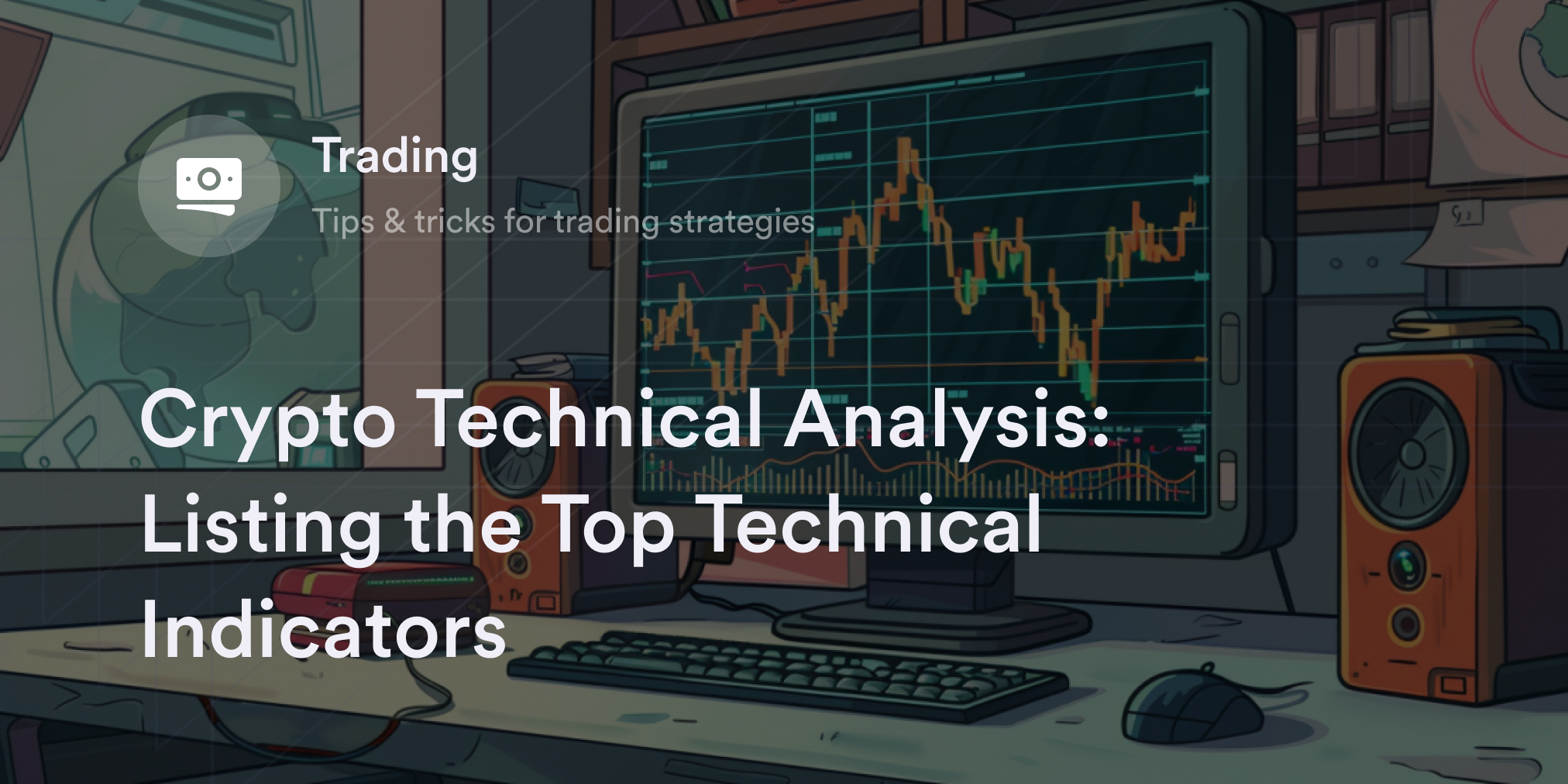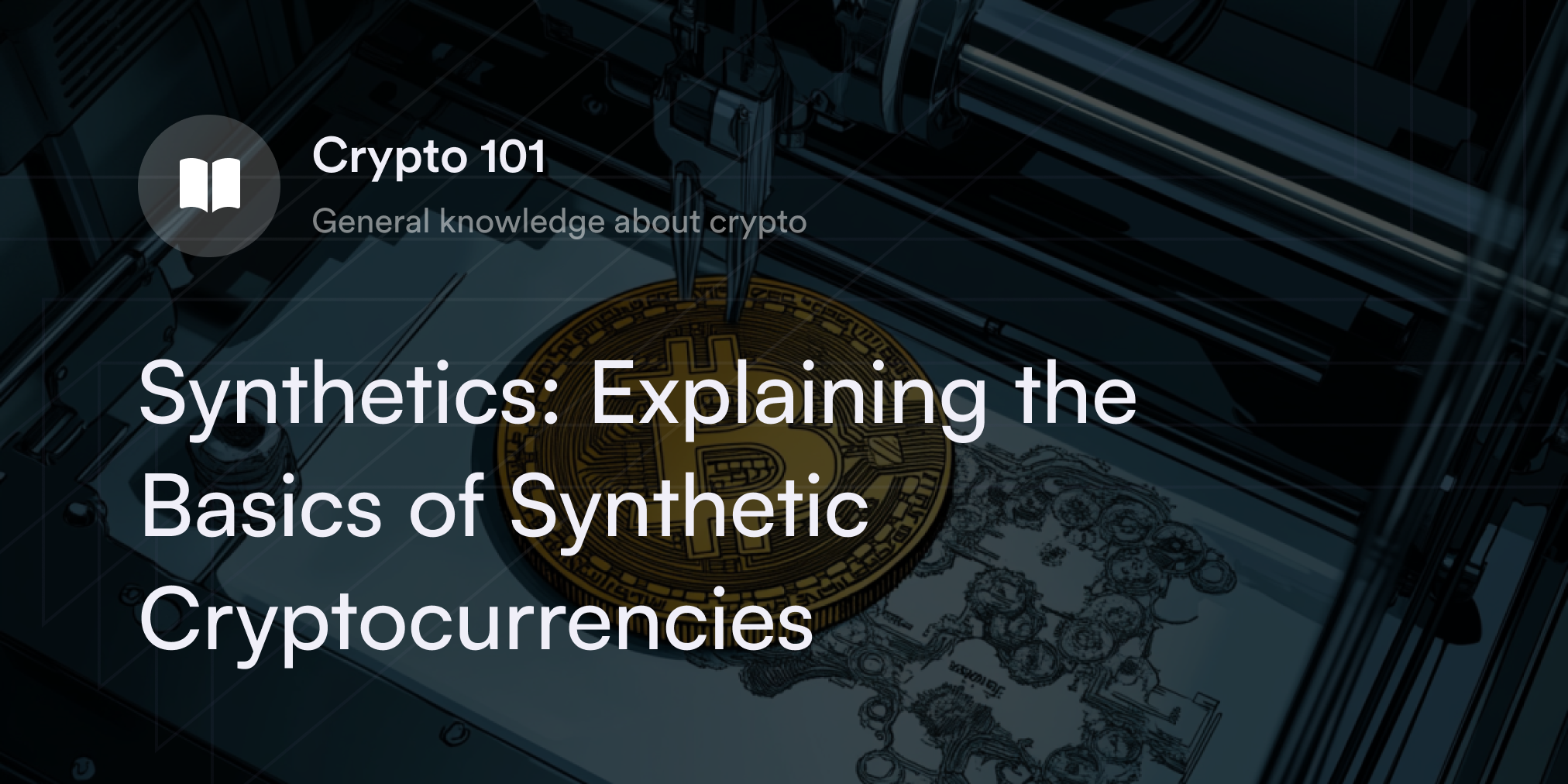


Posting transactions on blocks is a pivotal moment in blockchain tech, a digital ballet where cryptography, computing power, and consensus converge. Enter mining pools, a strategic innovation reshaping the landscape of cryptocurrency mining.
In this guide, we’ll discuss mining pools, including what they are, how they work, and their various types. We’ll also weigh the pros and cons of mining pools to help you choose one.
What are mining pools?
Mining pools are collaborative groups formed by cryptocurrency miners who "pool" their computational resources over a network to increase their chances of successfully validating transactions and mining new blocks on the blockchain.
In cryptocurrencies like Bitcoin (BTC), mining is a critical process involving solving cryptographic puzzles to verify transactions and add them to the blockchain––a public ledger. This process requires immense computational power due to the difficulty of the puzzles, which is where mining pools come into play.
Bitcoin follows the proof-of-work (PoW) consensus mechanism, where individual miners contribute their processing power to a collective pool. When one of the miners in the pool successfully mines a new block, the reward––usually in the form of the cryptocurrency being mined––is distributed among the pool members. This distribution is typically proportional to the computational power each miner contributed to the pool.
For individuals, joining a mining pool significantly increases their chances of earning rewards as they become part of a larger group with a higher combined mining power. This collective effort makes mining more efficient and profitable, especially when solo mining can become increasingly challenging due to rising computational requirements and electricity costs.
The first cryptocurrency mining pool arose in 2010 as a Bitcoin mining pool introduced by Slush. Several other pools focusing on assorted cryptocurrencies, from Bitcoin Cash (BCH) to Ethereum (ETH), have since come to fruition.
How do mining pools work?
Mining pools operate based on the principle of collective effort for shared rewards, providing a practical solution for individual cryptocurrency miners facing the challenges of mining alone in a highly competitive environment.
Here, mining operators oversee mining pools, record miners’ work, manage the hash rate, and assign individual work and rewards to specific miners. Each participant is given a different assignment and is entitled to a share of the profits when the work is completed.
Mining pool payout schemes can vary, although typically, fees are taken from the rewards. These fees depend on how much an individual miner contributes to an operation. For example, a miner bringing more resources or equipment to the table may be privy to more significant rewards once a block is uncovered.
However, there are other methods of reward sharing among pool members. These methods are often set before the mining process starts. And this is when miners receive rewards based on how many shares they garnered during the initial extraction period.
It can also be pay-per-share, where miners receive rewards daily regardless of whether they uncover a block. It can also be fully decentralized or done on a peer-to-peer (P2P) basis. This is when operators reserve the rewards in a separate blockchain and keep them out of miners’ hands to ensure nobody steals or cheats before they complete the work.
What are the different types of mining pools?
Mining pools have evolved into various formats, each with its unique method of operation and reward distribution system, to accommodate the diverse needs of cryptocurrency miners. Here are a few of the most prevalent types of mining pools:
Pay-per-share (PPS): In a PPS pool, miners receive a fixed amount for each share they submit, regardless of whether the pool successfully mines a block. This method offers stable and predictable payouts but often comes with higher pool fees to cover the risk the pool operator takes by paying out irrespective of actual block mining.
P2P mining pools: These decentralize the pool’s control, reducing the risk of fraud or mismanagement by a single pool operator. In P2P pools, members handle reward distribution, often leading to a more trustless and transparent system.
Proportional (Prop): Here, miners earn shares until the pool finds a block. After a block is found, miners receive rewards proportional to the number of shares they contributed. This method closely aligns rewards with contribution but can be more variable in payout frequency than PPS.
Pay-per-last-n-share (PPLNS): Here, miners are paid based on the last N shares they submitted, not just those in the successful block. This system encourages loyalty to the pool and consistent participation but can lead to more variable payouts than PPS.
Hybrid mining pools: These offer a combination of different payout methods. For example, a hybrid pool might use both PPS and Prop methods, allowing miners to choose their preferred system. This flexibility can benefit miners with different risk tolerances and payout preferences.
Pros and cons of mining pools
By pooling resources, miners significantly increase their chances of successfully mining blocks and receiving rewards, but this collaborative approach also comes with certain trade-offs. Understanding the pros and cons of mining pools is crucial for miners to make informed decisions that align with their goals and preferences in the ever-evolving landscape of cryptocurrency mining.
Pros
Increased chance of success: By combining computational power, mining pools increase the probability of successfully mining blocks, thereby receiving more consistent rewards than individual miners could achieve on their own.
Cost efficiency: Joining a mining pool can reduce the individual cost of mining. Since miners share rewards, they get to split expenses, such as electricity and equipment costs.
Equal opportunity: Mining pools level the playing field, especially for miners with limited resources. They enable smaller miners to compete against larger, more resource-heavy entities.
Cons
Reduced autonomy: Being part of a mining pool means adhering to the rules and structures set by pool operators, which can limit individual miners' control over their mining operations.
Low individual rewards: While mining pools offer more frequent rewards, the amount received by each miner is smaller than it would be when mining solo, as rewards are divided among all participants.
Centralized concerns: Mining pools can lead to centralization in the mining process, with a few large pools controlling significant portions of the network’s total hashing power. This centralization can threaten the network's security and the foundational principles of decentralization in cryptocurrencies.
Tips for choosing a mining pool
When venturing into cryptocurrency mining, selecting the right mining pool is a crucial decision that can significantly impact your mining efficiency and profitability. That’s because mining pools come in various forms and structures, each with unique features, rules, and payment schemes. Here are five key tips to consider when selecting a mining pool:
1. Select your cryptocurrency
Decide on which digital asset you’re most interested in mining. From there, make sure the pools you examine offer support for that asset. If you have your eye on Ethereum, for example, try to avoid the pools that don’t offer ETH mining opportunities.
2. Evaluate latency and location
A mining pool’s latency is vital. A pool that has been around for some time and has proven itself during difficult moments or periods of economic strife will likely be sturdier and provide stronger rewards than one that’s new or has yet to build its reputation.
Location is also an important factor. The closer the general pool is to your actual location, the more efficient the mining process will be.
3. Study fee structures and payouts
Mining pools may charge fees, so it’s essential to know whether these fees are low or high. As portions of these fees are often reserved for miners, higher fees usually constitute greater rewards.
Also, find answers to questions like which payout processes pools use, if they hand out rewards or shares daily, or whether miners have to complete a project before cashing in on the work they have done. Depending on your financial situation, consider which pools offer faster or broader rewards.
4. Assess pool size
The size of the pool affects your potential earnings. Larger pools offer more regular payouts, but the rewards are smaller as participants share. Alternatively, smaller pools might offer larger payouts that are less frequent.
5. Verify security measures
Ensure the pool has robust security measures to protect against theft and cyber attacks. This includes two-factor authentication, wallet security, and regular audits.
Learn more about cryptocurrency on dYdX Academy
Looking to up your crypto knowledge? Head to dYdX Academy, which includes easy-to-understand guides on topics like slippage, oracles, and tokenization.
dYdX also allows eligible traders to trade dozens of perpetual contracts on our decentralized trading platform. Learn more about our latest products and upgrades on our official blog, and start trading on dYdX today.
Disclosures
The content of this article (the “Article”) is provided for general informational purposes only. Reference to any specific strategy, technique, product, service, or entity does not constitute an endorsement or recommendation by dYdX Trading Inc., or any affiliate, agent, or representative thereof (“dYdX”). Use of strategies, techniques, products or services referenced in this Article may involve material risks, including the risk of financial losses arising from the volatility, operational loss, or nonconsensual liquidation of digital assets. The content of this Article does not constitute, and should not be considered, construed, or relied upon as, financial advice, legal advice, tax advice, investment advice, or advice of any other nature; and the content of this Article is not an offer, solicitation or call to action to make any investment, or purchase any crypto asset, of any kind. dYdX makes no representation, assurance or guarantee as to the accuracy, completeness, timeliness, suitability, or validity of any information in this Article or any third-party website that may be linked to it. You are solely responsible for conducting independent research, performing due diligence, and/or seeking advice from a professional advisor prior to taking any financial, tax, legal, or investment action.
You may only use the dYdX Services in compliance with the dYdX Terms of Use available here, including the geographic restrictions therein.
Any applicable sponsorship in connection with this Article will be disclosed, and any reference to a sponsor in this Article is for disclosure purposes, or informational in nature, and in any event is not a call to action to make an investment, acquire a service or product, or purchase crypto assets. This Article does not offer the purchase or sale of any financial instruments or related services.
By accessing this Article and taking any action in connection with the information contained in this Article, you agree that dYdX is not responsible, directly or indirectly, for any errors, omissions, or delays related to this Article, or any damage, injury, or loss incurred in connection with use of or reliance on the content of this Article, including any specific strategy, technique, product, service, or entity that may be referenced in the Article.







